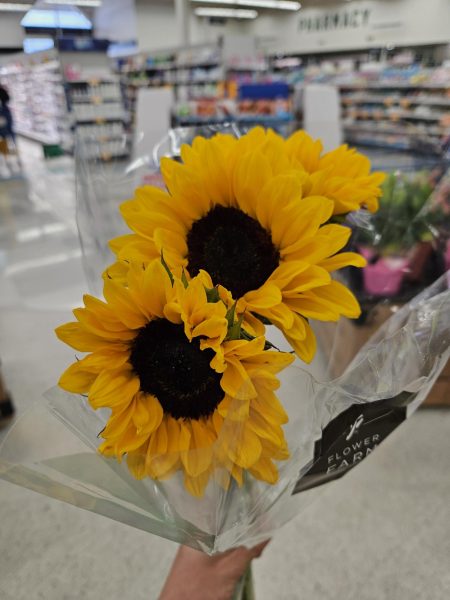Painting Miniatures Overview
February 8, 2023
Over the past few years, there has been an explosion of popularity in tabletop roleplaying games, the most famous of them being Dungeons & Dragons. Countless people have found friends and communities playing these games and have come to deeply enjoy the hobby. But there is another hobby within this one that has also experienced an increase in popularity. That is the hobby of painting miniatures.
Most tabletop roleplaying games involve some form of game board with figurines to play with. Since these are role playing games, players tend to have custom made figurines for their character, commonly called miniatures or just minis. These minis can range from finely detailed works of art to something vaguely resembling a human shape that works as a stand-in for the character.
Minis can be bought in a number of places, including board games stores, online or anywhere that role playing games can be found. Regardless of where they are sold, more often than not, minis are sold as the dull gray of the resin that they were printed with. This is because it is up to the player to decide how exactly their character looks. The sad truth is that most players never give their minis color and instead just play with colorless figures because they assume painting a mini is too difficult. That could not be farther from the truth.
Painting minis is incredibly easy, all someone needs is something to apply color with and a mini. One of the best ways is to use acrylic paint, because the colors show up well and the paint sticks to the plastic. If someone does not have the necessary supplies, they can find painting starter kits, or just individual supplies, in places like craft stores, Walmart, Target, or the same places minis can be found.
The easiest way to start painting minis is by putting some paint on a brush and smooshing that brush against the mini. Sure it will look bad at first, but the hardest part is starting. By doing this, it will not only help beginners to understand how their brush works, but will also erase some of the scariness of painting a mini for the first time. After they have started, beginners will get a feel for how the brush works and how to manipulate the small mini so they can easily paint all the details.
Once someone starts painting, they will be great in no time. If they are the only painter in their group, they might even have their fellow players start asking them to paint their minis next. Then, once the player has done it, they have finally given life to their small plastic figure so it looks like the character they imagined it was all along. Also, they have discovered the joy that comes from painting minis.
Some people have creative hobbies such as drawing, painting, writing or anything else they can do that is creative. Painting minis is no different. There is something so incredibly satisfying about taking a gray, plastic blob and making it into something detailed and fantastical. Painting minis can be very peaceful. A painter applies paint to the plastic and makes little adjustments here and there until they are holding exactly what they imagined it would be; there’s something almost magical about it.
If someone really gets into painting minis, there are also many ways for improvement. There are countless videos online giving all the tips and tricks someone would need to start painting minis that will look so remarkably real. Some of these tricks include priming the mini with spray paint before painting it, using darker paints to create shadows, and even dismantling minis and putting them back together as something new, a process lovingly referred to as kit-bashing.
There is so much to the hobby of painting minis, and yet it is a hobby unfamiliar to most people. It may seem daunting at first when people see minis painted by veterans in the hobby who paint everything down to the finest detail, but the truth is that anyone can start at any time and develop their own style. At the end of the day, painting minis is just a fun and relaxing hobby that leaves the painter feeling creatively fulfilled and with a cool looking figure to show off at their next tabletop roleplaying game.
